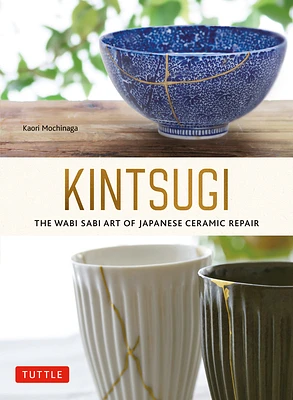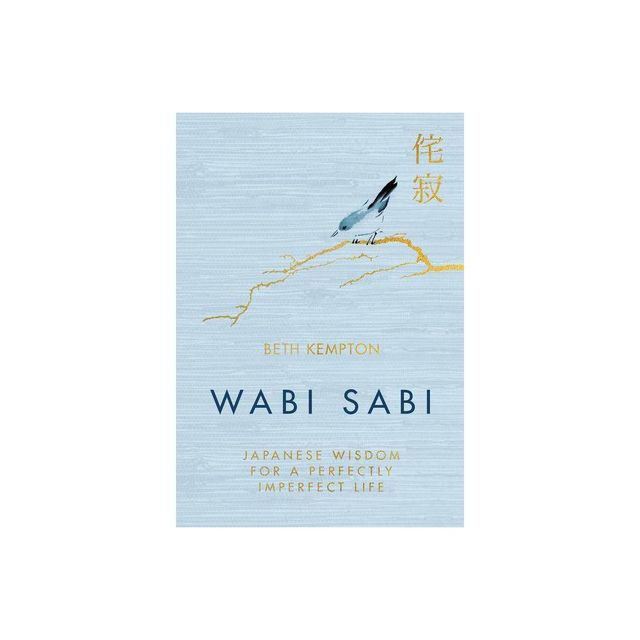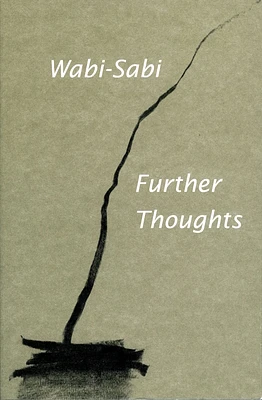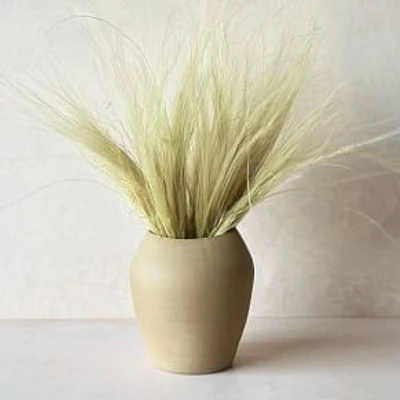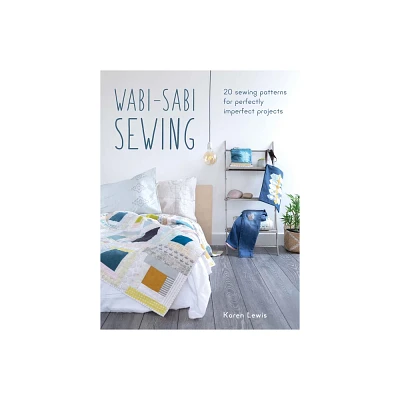Home
Wabi Sabi: the Japanese Art of Impermanence - Understanding Zen Philosophy Beauty Simplicity
Loading Inventory...
Barnes and Noble
Wabi Sabi: the Japanese Art of Impermanence - Understanding Zen Philosophy Beauty Simplicity
Current price: $12.95


Barnes and Noble
Wabi Sabi: the Japanese Art of Impermanence - Understanding Zen Philosophy Beauty Simplicity
Current price: $12.95
Loading Inventory...
Size: Paperback
*Product Information may vary - to confirm product availability, pricing, and additional information please contact Barnes and Noble
Developed out of the aesthetic philosophy of cha-no-yu (the tea ceremony) in fifteenth-century Japan, wabi sabi is an aesthetic that finds beauty in things imperfect, impermanent, and incomplete.
Taken from the Japanese words
wabi
, which translates to less is more, and
sabi
, which means attentive melancholy, wabi sabi refers to an awareness of the transient nature of earthly things and a corresponding pleasure in the things that bear the mark of this impermanence. As much a state of mind—an awareness of the things around us and an acceptance of our surroundings—as it is a design style, wabi sabi begs us to appreciate the pure beauty of life—a chipped vase, a quiet rainy day, the impermanence of all things. Presenting itself as an alternative to today's fast-paced, mass-produced, neon-lighted world, wabi sabi reminds us to slow down and take comfort in the natural beauty around us.
In addition to presenting the philosophy of wabi-sabi, this book includes how-to design advice—so that a transformation of body, mind, and home can emerge.
Chapters include:
History: The Development of Wabi Sabi
Culture: Wabi Sabi and the Japanese Character
Art: Defining Aesthetics
Design: Creating Expressions with Wabi Sabi Materials
Spirit: The Universal Spirit of Wabi Sabi
Taken from the Japanese words
wabi
, which translates to less is more, and
sabi
, which means attentive melancholy, wabi sabi refers to an awareness of the transient nature of earthly things and a corresponding pleasure in the things that bear the mark of this impermanence. As much a state of mind—an awareness of the things around us and an acceptance of our surroundings—as it is a design style, wabi sabi begs us to appreciate the pure beauty of life—a chipped vase, a quiet rainy day, the impermanence of all things. Presenting itself as an alternative to today's fast-paced, mass-produced, neon-lighted world, wabi sabi reminds us to slow down and take comfort in the natural beauty around us.
In addition to presenting the philosophy of wabi-sabi, this book includes how-to design advice—so that a transformation of body, mind, and home can emerge.
Chapters include:
History: The Development of Wabi Sabi
Culture: Wabi Sabi and the Japanese Character
Art: Defining Aesthetics
Design: Creating Expressions with Wabi Sabi Materials
Spirit: The Universal Spirit of Wabi Sabi
